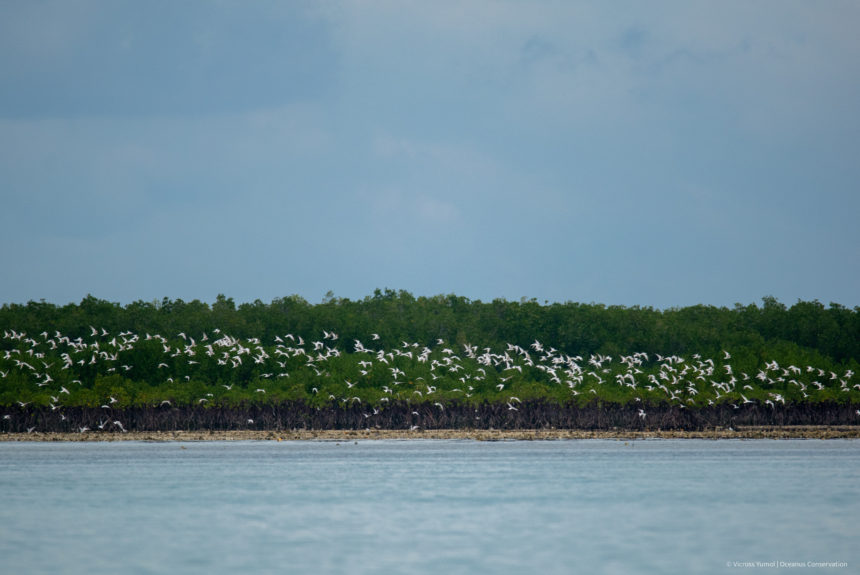The world has taken a toll from the climate crisis. Its impacts have resulted in unprecedented events that have affected both human activities and wildlife migration patterns. One of the most serious effects of the world’s alarming problem is the loss of habitats, which also poses a threat to food security. This is especially true for migrating birds, which rely largely on coastal wetland regions for breeding and foraging.
Migratory species play a crucial role in Philippine biodiversity. Their significance is recognized in ecology, tourism, and the local economy. As a member of the East Asian-Australian Flyway Partnership (EAAFP), the Philippines provides vital stopover and wintering grounds for migratory birds. To safeguard the habitats covered by the flyway, the government has enacted a number of laws, agreements, and memoranda, including the Wildlife Resources Conservation and Protection Act and the Convention on the Conservation of Migratory Species of Wild Animals. These measures aim to ensure the sustainable management of these habitats, promoting the long-term survival of migratory birds and the overall health of the Flyway ecosystem.
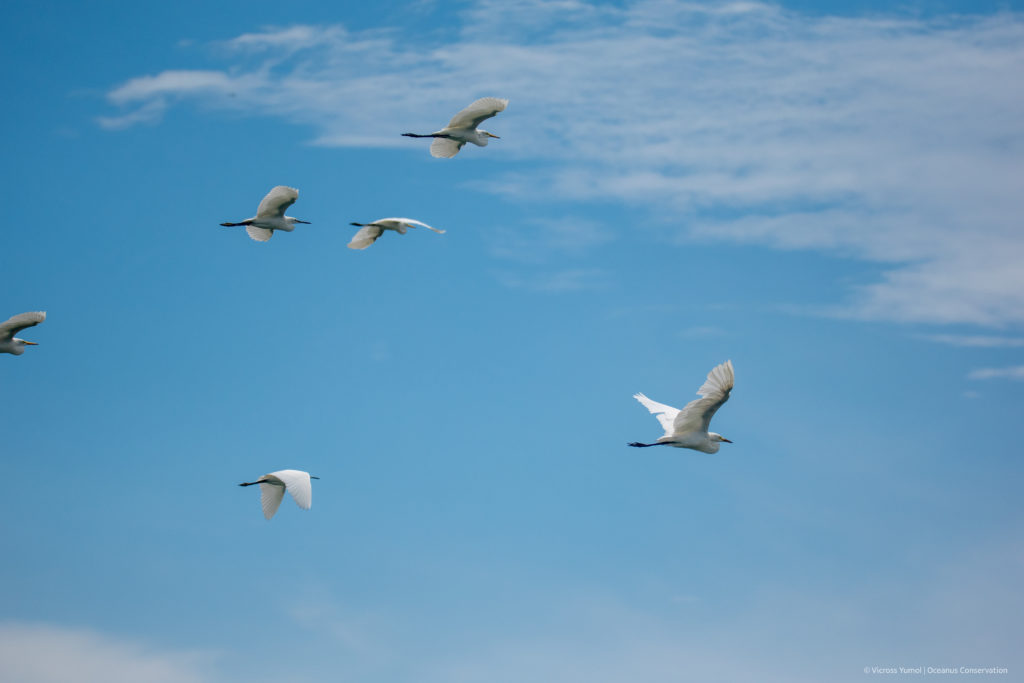
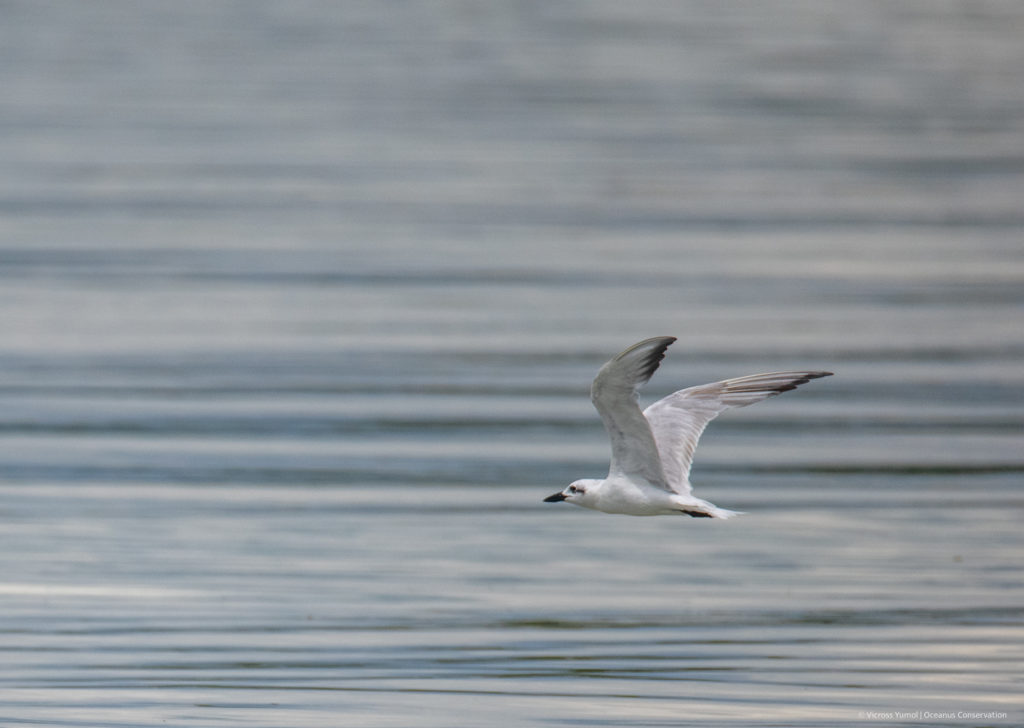
Flying across regions has had a huge influence on the environment as birds provide important ecological regulating services. They are more than just a spectacular sight for tourists to watch; they play critical functions in sustaining biodiversity and ecological equilibrium. They operate as pest control agents, aid in the prevention of locust attacks, and their droppings, known as ‘guano,’ are high in nitrogen, making them perfect for organic fertilizers. They also aid in seed dispersal and flower pollination around the landscapes, and serve as both a predator and a prey.
Many bird species migrate in order to survive. While migrating birds have proven to be important to ecosystems, they have also suffered countless anthropogenic threats. Major of which is the habitat loss due to pollution or exploitation caused by encroachment for settlement, agriculture, and other purposes. Illegal killing, taking and trading of migratory birds are still prevalent. More importantly, crossing international borders brings with it a variety of political and environmental regulations, including conservation efforts, which may have an impact on the safety and survival of these species.
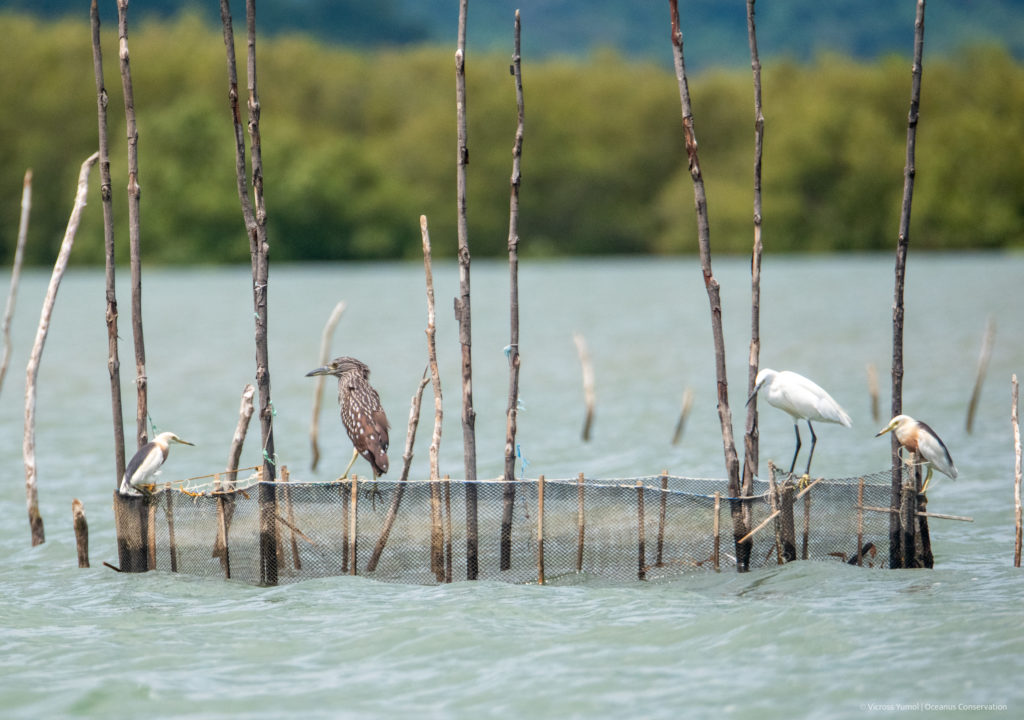
Our Solution
Enter Oceanus Conservation’s Community-Led Mangrove and Migratory Birds Conservation Project. This project seeks to implement conservation activities around the Philippine ecological habitats used by migratory birds of the East Asian-Australasian Flyway. While there are pre-existing Philippine-based conservation efforts of the same nature that have long been established (such as the ones located in Olango Island, LPPCHEA, and Tubbataha Reef), the project seeks to augment these efforts by establishing new programs in locations that are not yet being preserved for the purpose of conserving migratory bird habitats.
What have we done so far?
Essential to the success of this project is a deep understanding of the current status of Philippine biodiversity, especially that of wetlands (mangroves in particular) and bird species. So, the team compiled a coastal wetland report and created a series of maps showing the distribution of mangroves and migratory birds across the country. The results would then serve as a baseline for determining which areas to prioritize for the project.
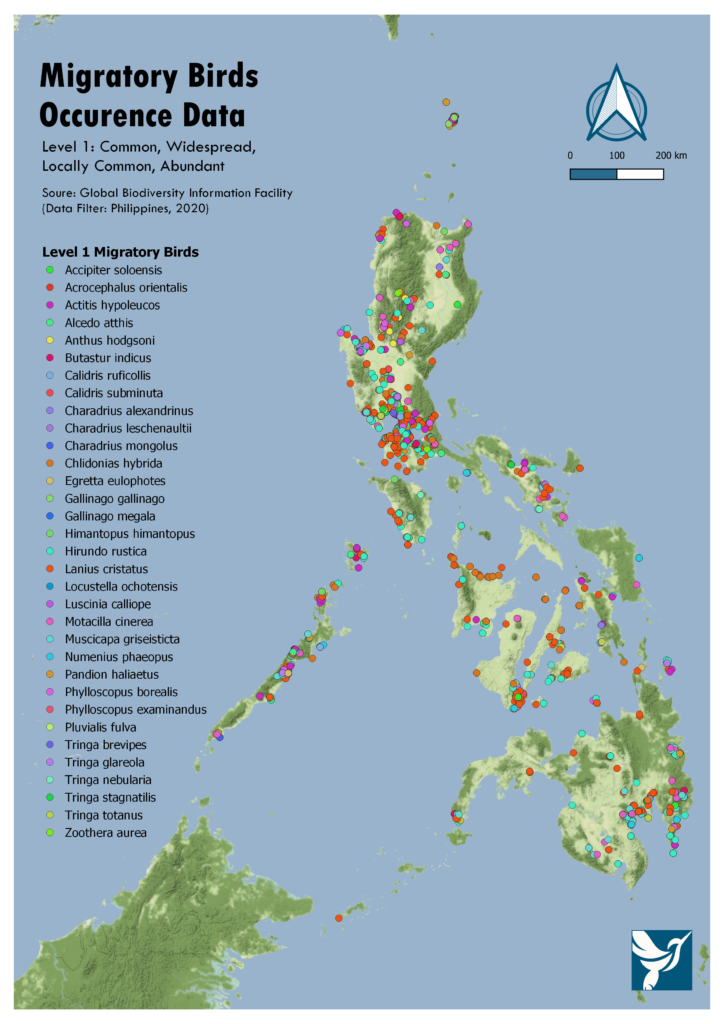
It was through these reports that the team was finally able to select at least three areas to conduct 2-week site reconnaissance. From October 8 to 17, 2023, the team visited areas in Bohol, Negros Oriental, and Palawan. Consultations and dialogues were conducted with the areas’ peoples organizations and government offices such as the Department of Environment and Natural Resources, Local Government Units, and City Agriculture Office. Through these dialogues, the team was able to gather relevant information and stories about the conservation efforts in the areas including their plans on improving and protecting both mangroves and the wildlife within their area.
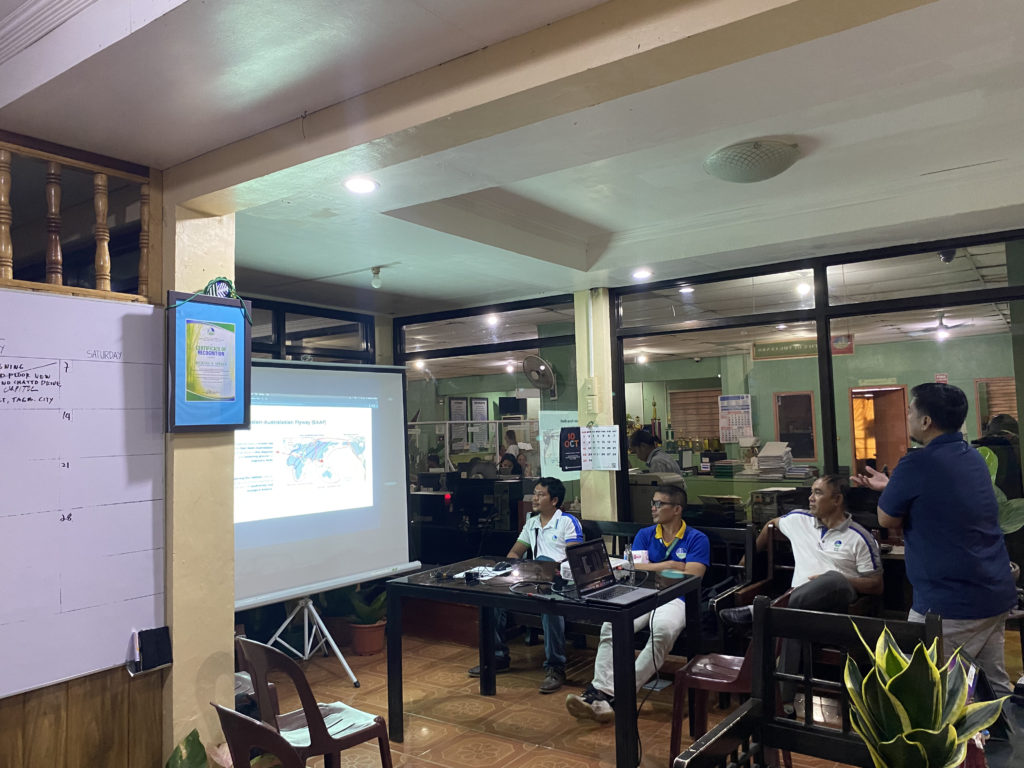
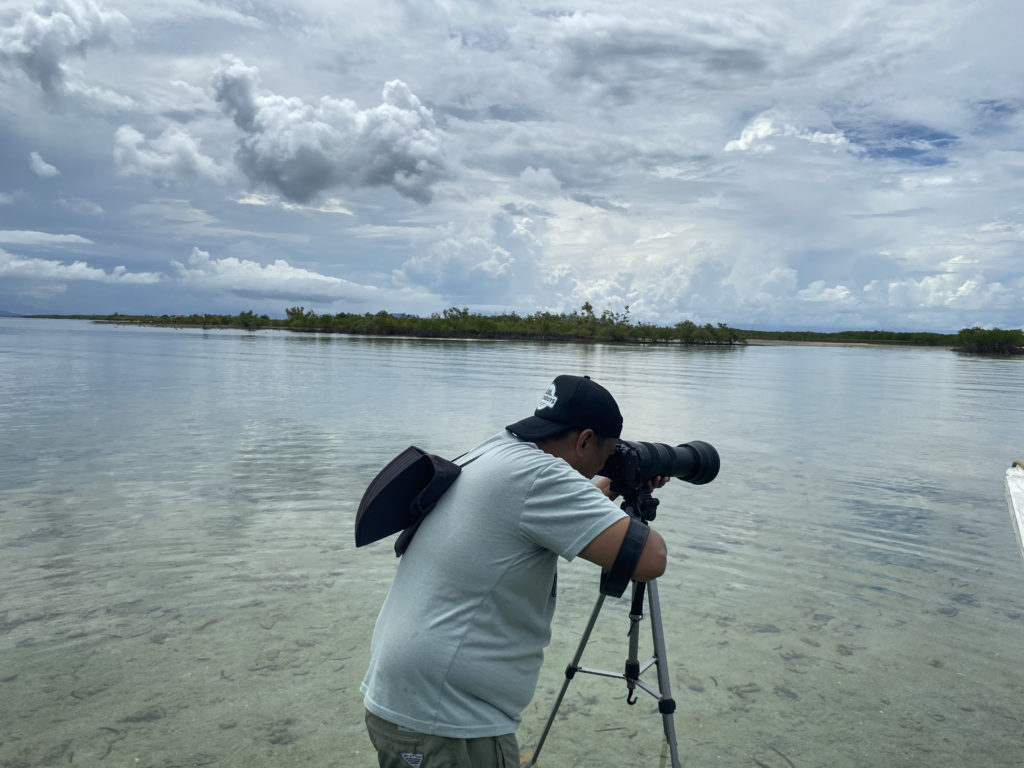
Following that, the team took a boat ride to places where migratory birds were prevalent and photographed them. They didn’t see as many birds as the local communities had described because they went during high tide. Some of the birds found during the visit were Collared Kingfisher (Todiramphus chloris), Whiskered tern (Chlidonias hybrid), Bar-tailed godwit (Limosa lapponica), Terek sandpiper (Xenus cinereus). Nonetheless, the team was able to see a relative number of different bird species.
Both the communities and government units have expressed interest towards the project. Their conservation plans are inextricably linked to the project’s goals. #


